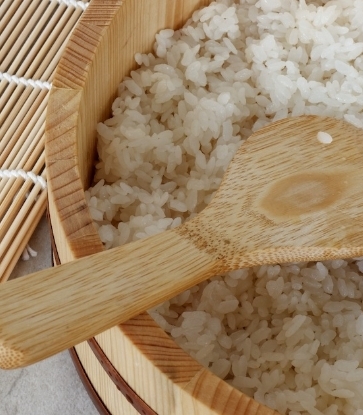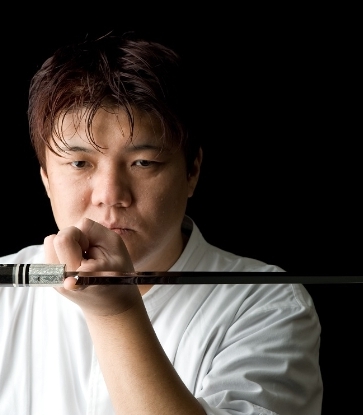Barely two years ago, the idea of walking into a supermarket - even if it’s an upscale one - to find beef dry-aging services would be unheard of. Such techniques were the domain of restaurants like Opus Bar and Grill or Skirt, steakhouses with a ready demand of guests who would order such dishes.
Yet stroll into places like Swiss Butchery, Huber’s Butchery or Emporium Shokuhin today and you’ll see cuts of beef resting or hanging on metal racks in curious glass cabinets. The period it’s left in there? Anywhere from 14 to 28 days – and it results in tender, mouthwatering beef that bursts with umami-rich juices when bitten into.
The highly precise technique is known among chefs as dry-aging, where the meat is left to mature (or decompose, if you will) in a climate-controlled space. It is a surefire way to kick the flavour of steak up multiple notches.
“Dry-aging for beef lovers is like another level of loving your beef,” says Paul Sailor, master butcher of Swiss Butchery. The gourmet deli is the latest establishment to offer such services. “It’s a process where meat goes through a natural stage of tenderising itself to reach the perfect texture and flavour.”

The Science of Dry-Aging
The science behind this process is simple: Natural enzymes start breaking down the meat’s protein, fat and carbohydrate molecular structures to produce amino acids, fatty acids and glycogen. Among the amino acids produced is glutamate – the savoury wonder in MSG that ramps up any food or ingredient’s umami flavour.
This biological reaction tenderises the cut while the lower humidity levels cause moisture to evaporate from the meat. All three reactions work in tandem to result in meat that is lip-smackingly delicious, and which some describe as having a deep taste-profile similar to that of cheese.
Getting to this preferred state takes careful precision. The temperature of the aging cabinet must be kept between 0 to 3 degrees Celsius and at a relative humidity of 85 per cent. Any higher and the meat runs the risk of growing bacteria that, if consumed, translates to a trip to the doctor’s.

Then, there’s the issue of how long it should be aged. “Most markets recommend aging between 14 to 28 days – any longer and it may risk a higher chance of spoilage,” says Sailor.
Indeed, an experimental account by Nick Solares, editor at Eater had him tucking into five steaks aged between 42 to a whopping 420 days. His response to the latter: “It’s not a pleasant experience. It’s too salty, it’s a step too far – maybe several hundred days too far.”
While the technique is only making its appearance here in recent years, it’s by no means new. The movement started picking up pace in the last few years in the US when the likes of three-Michelin-starred Eleven Madison Park began turning to antiquated ways to elevate the flavour of a simple steak.

How antiquated? Possibly centuries. After all, hanging up to dry meat is a technique that’s long been in use as a method of preservation prior to the advent of refrigeration. A 1655 painting by Rembrandt called The Slaughtered Ox for instance, depicts a beef carcass being hung out to cure. Some American butcheries, still operating today, are even able to trace an unbroken history of dry-aging meats for customers for over 90 years.
Not until the 1970s, when refrigerators hit the market, did ‘wet-aging’ – when beef is vacuum sealed in plastic and shipped from slaughterhouse to the supermarket to age – did dry-aging decline in popularity.
After all, the enzymes still get to work their magic without dry-aging’s dehydrating effects, allowing marketplaces to charge for more meat.
In contrast, those who wish to sink their teeth on these delicious cuts should note that the original un-aged beef could shrink by as much as 15 to 20 per cent. The outer part of the beef would also need to be trimmed as it has become crusty.
It's a lengthy process to elevate the humble steak to new heights, but its ongoing popularity is testament that makes the effort well worth it.
























